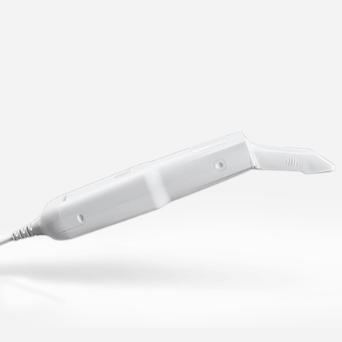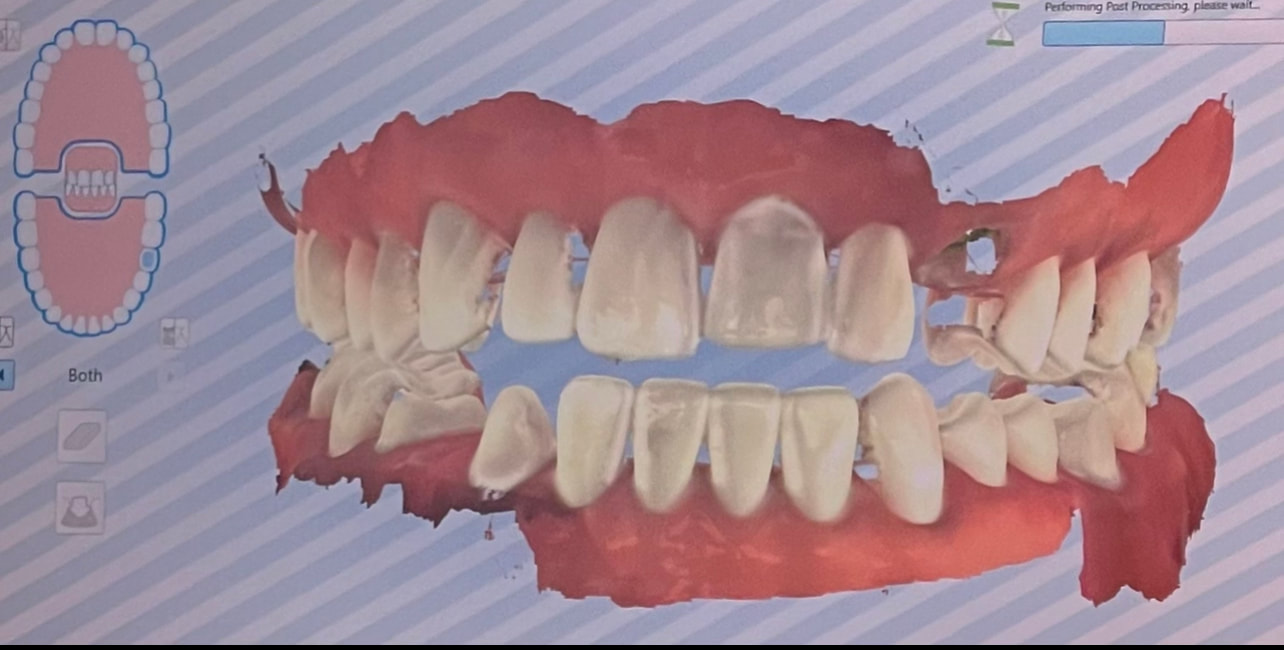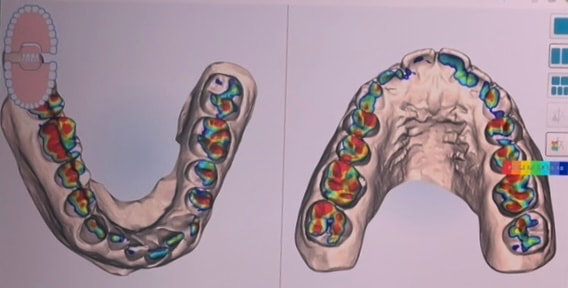|
When determining which is the best dental scanner for your practice, considerations including the environment, flow, size, usability, software, and cost must be reviewed. This article provides key metrics for dentists to consider when shopping for an intraoral dental scanner. Practice EnvironmentThe first thing to assess when choosing an intraoral scanner is the practice’s environment, The environment consists of patient demographics, available time, and budget. What is the patient volume like on a daily basis? What is the patient age group? What types of procedures are performed? What are the practice demands? Scanning FlowThe scanning flow of an intraoral scanner represents how smooth the scanning experience is and how well the supporting software performs. Consider how seamlessly the dental scanner can handle corners and anterior areas. Also, mind how long it takes in between moving to different quadrants of the mouth. Scanner SizeThere is a vast range of scanner sizes available on the market. Some are the size of a toothbrush, while others weigh more than 500g. It is important to not only consider the size of the scanner head but the overall size, including the tip, and weight of the digital impression scanner too. The size will also greatly impact whether it's easy to grip or manipulate as well. These will play a large role in the overall comfort of the patient and dentists. Ease-of-Use A digital scanner that is user-friendly allows dentists to integrate it naturally into their daily workflow. Ease-of-use involves how easy the software is to manage and set up, 3D image processing, and software intuition. The size and quality of the scanner device are essential to usability too. How easy is it to pick the scanner up? Is it comfortable in the dentist’s hands and in the patients’ mouths? Consider the overall user interface of the software and how seamless the training and scanning process is. Software Capability Software and usability go hand in hand. Software is the technology that powers the scanner and directly impacts the performance of the scanner, affecting speed, lag time, loading, efficiency, accuracy, and overall user experience. It is also important to examine additional applications that the software may provide, such as orthodontic simulation, caries detection functions, smile design, or model builders for 3D printing. Does your practice need such capabilities? If not, there are dental scanners available that only scan and export files. Wireless ScannerSome dentists may like wireless options for intraoral scanners. Being wireless makes the scanners more ergonomic, easier to maneuver, and more enjoyable to use. However, wireless scanners are battery-operated and have an increased chance of connectivity issues and problems with scanning. CAD/CAM Software Having CAD/CAM capabilities is a critical distinction for dentists who want to practice single-visit dentistry and in-house milling. Configurations Some digital dental scanners use USB while others are cart-based. USB scanners must be plugged into a desktop or laptop to be used, while cart-based scanners have their own hardware, monitor, and custom-built cart. In general, USB scanners require more setup and investment as the computer, cart, and monitor do not come with them. Cart-based scanners are considered to be more user-friendly, simple, and tidier because everything is already set up. Autoclavable Scanning Tips Some intraoral digital dental scanners offer a detachable tip that can be used from 20 to 300 times before the scanning tip needs to be replaced. For offices with a high volume of patients or immunocompromised patient populations, this may be a particularly important consideration. On the other hand, if the scanning tips are not autoclavable, are they single-use, or do they rely on cold sterilization? Cost The prices of intraoral scanners vary significantly by dealers, brands, geographical location, and sometimes promotions. Choose which scanner brings the highest return on investment to your practice by reviewing all other listed criteria. Moreover, besides the implementation costs, some digital scanners require additional costs to cover software subscriptions, training, auxiliary equipment, and fee-based customer support. Always check for and acknowledge hidden expenses involving operation and maintenance costs. Accuracy and Precision The quality of your scan will determine the effectiveness of the restorative work. Accuracy is how close a measurement is to the true dimensions, while precision is how consistent the measurements are. Both are key metrics that directly determine the scan quality, which in turn governs the lab’s results. Poor-quality scans can result in a low fitting rate or redos from the dentist and the lab. Ideal digital dental scanners can capture micro-details and edentulous areas and have the capability to support all types of restorative work How Can The Dental Lab Help? The Dental Lab is the premier restorative lab for digital dentistry. We provide our doctors with a FREE iTero Element 2 intraoral digital impression scanner when they partner with us. Doctors can receive all the technological equipment needed to get started–plus free training and technician assistance whenever needed. Visit our website to get started with digital today. Sources: Selecting the Right Intraoral Scanner to Transform Your Practice A quick guide to choosing an intraoral scanner How to Select the Right Intraoral Scanner for Your Dental Practice Intraoral Scanner Reviews from IDS 2021 + IOS Market Update Keywords:
dental scanner, dental scanners, digital dental scanner, intraoral scanner, digital dental impressions, dental impression, scanning, restorations, medical, digital impression, technology, digital impression scanner, digital impression scanners, digital impressions, best dental scanner
0 Comments
Leave a Reply. |





